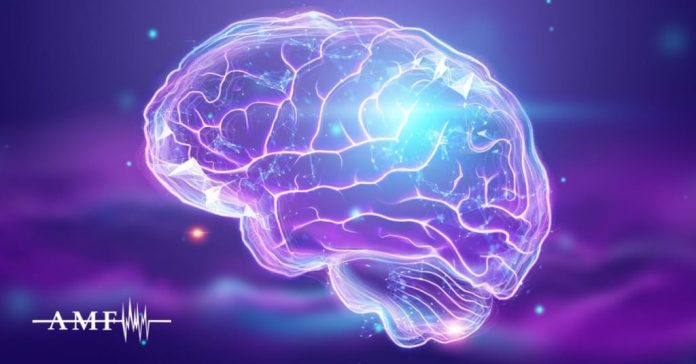If you suffer from chronic migraines, you understand the debilitating effects they can have on your daily life. The throbbing pain, sensitivity to light and sound, and accompanying symptoms can make it difficult to function and enjoy life to the fullest. While there is no one-size-fits-all solution for migraines, there are non-invasive treatments that have shown promise in managing and reducing the frequency and severity of migraines. In this comprehensive guide, we will explore some of the most effective non-invasive treatments for chronic migraines.
If you are suffering from chronic migraine, click here to schedule a non-invasive treatment: McDonough Neuragenex pain clinic.
Table of Contents
Understanding Chronic Migraine
Before we delve into the treatments, it’s important to understand what chronic migraines are. Chronic migraines are defined as experiencing migraines on 15 or more days per month for at least three months, with at least eight of those days being migraines with aura. These migraines can significantly impact your quality of life and require a multi-faceted approach for effective management.
Lifestyle Modifications
Making certain lifestyle modifications can play a crucial role in managing chronic migraines. Here are some tips to consider:
- Regular sleep schedule: Maintaining a consistent sleep schedule by going to bed and waking up at the same time every day can help regulate your body’s internal clock and reduce the frequency of migraines.
- Stress management: Stress is a common trigger for migraines. Exploring stress-reducing techniques such as meditation, deep breathing exercises, and yoga can help manage stress levels and minimize migraines.
- Dietary changes: Certain foods and beverages like aged cheeses, chocolate, alcohol, and caffeine have been known to trigger migraines in some individuals. Keeping a food diary and identifying potential triggers can help you make informed dietary choices.
Acupuncture
Acupuncture is an ancient Chinese therapy that involves inserting thin needles into specific points on the body. It has been found to be effective in reducing the frequency and severity of migraines. Acupuncture may help by promoting relaxation, improving blood flow, and releasing endorphins, which are natural painkillers.
Biofeedback
Biofeedback is a technique that helps you become more aware of your body’s physiological responses to stress and teaches you how to control those responses. By using sensors and electronic devices, you can learn to recognize and respond to early signs of a migraine, such as muscle tension and increased heart rate. With regular practice, biofeedback can help reduce the intensity and duration of migraines.
Transcranial Magnetic Stimulation (TMS)
Transcranial Magnetic Stimulation (TMS) is a non-invasive procedure that uses magnetic fields to stimulate nerve cells in the brain. TMS has shown promise in reducing the frequency of migraines and relieving acute migraine attacks. It works by targeting specific areas of the brain associated with migraines and modulating their activity.
Cognitive Behavioral Therapy (CBT)
Cognitive Behavioral Therapy (CBT) is a talk therapy approach that focuses on changing negative thought patterns and behaviors. It can be beneficial for individuals with chronic migraines by helping them manage stress, identify triggers, and develop healthy coping strategies. CBT can also assist in improving sleep patterns and reducing anxiety and depression commonly associated with migraines.
Mindfulness-Based Stress Reduction (MBSR)
Mindfulness-Based Stress Reduction (MBSR) is a meditation-based program that combines mindfulness techniques, yoga, and body awareness to reduce stress and promote overall well-being. MBSR has been found to be effective in reducing the frequency and severity of migraines. By cultivating present-moment awareness, individuals can better manage pain and cope with the impact of migraines on their lives.
Taking Control
Living with chronic migraines can be challenging, but there are effective non-invasive treatments that can help manage and reduce their impact. By making lifestyle modifications, exploring alternative therapies like acupuncture and biofeedback, and considering therapies such as TMS, CBT, and MBSR, you can take control of your migraines and improve your quality of life. Remember, it’s essential to work closely with your healthcare provider to determine the best treatment plan for your specific needs. With persistence and a comprehensive approach, you can discover effective non-invasive treatments that work for you and provide much-needed relief from chronic migraines.
















